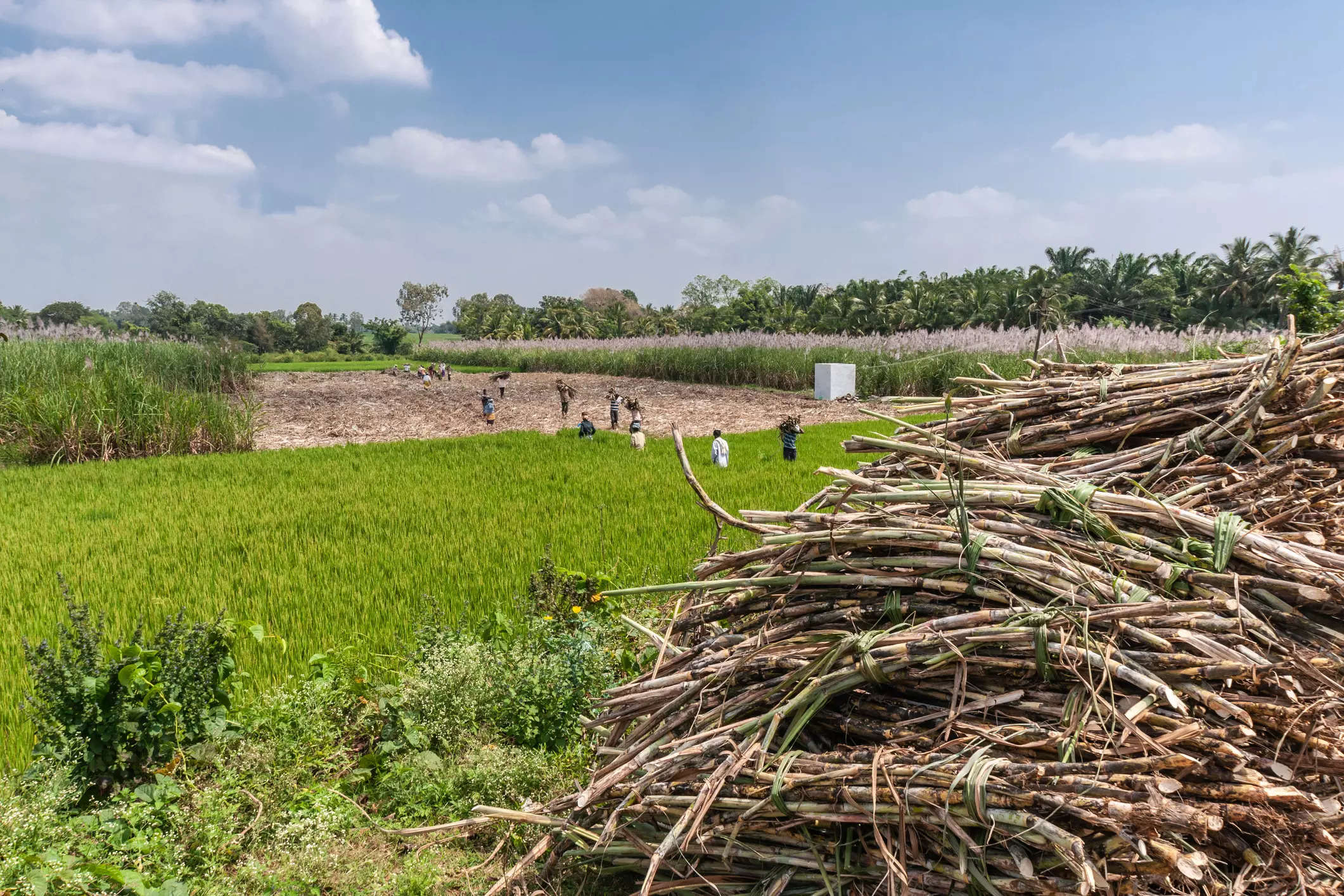
Food insecurity
Agriculture is both a cause and a victim of global warming.It represents nearly a quarter of global greenhouse gas emissions — largely from livestock and fertilisers.
But at the same time, increased temperatures, changing precipitation patterns and greater frequency of extreme weather events are putting food security at risk, according to the Intergovernmental Panel on Climate Change (IPCC).
In their most recent assessment of climate change, IPCC scientists projected that as many as 80 million people were at risk of hunger by mid-century, mainly in Sub-Saharan Africa, South Asia and Central America.
Warmer temperatures contribute to increased severity and frequency of droughts.
In Ethiopia, Somalia and Kenya, “five consecutive below-average rainy seasons left 23.4 million people acutely food insecure”, revealed a World Food Programme report in July.
The drought decimated livestock herds and reduced the local food supply, which in turn caused food prices to skyrocket.
Then, after years of drought, heavy flooding hit parts of Somalia and Kenya in November, threatening to exacerbate the food crisis.
In Argentina, crops were the least healthy in 40 years after drought and record-breaking temperatures severely impacted wheat and soybean harvests, the World Weather Attribution (WWA) group said earlier this year.
In the latest growing season, Argentina saw a 30 percent drop in corn output, its lowest volume since 2015. And while wheat production rose 20 percent, it remained lower than normal, according to the US Department of Agriculture.
But weather events and their impacts on crops can be difficult to link directly to climate change.
According to the WWA, the record-breaking heat in Argentina was roughly 60 times more likely as a result of climate change. But while the heat exacerbated the impact of the drought on agriculture, the group could not confidently “attribute the low rainfall to climate change”.
Climate change is also increasing extreme precipitation events that threaten harvests. Too much rain rots crops, makes sowing or harvesting nearly impossible, and increases soil erosion.
Last year, flooding in Pakistan resulted in an estimated $2.3 billion loss in food crops after “climate change likely increased” extreme monsoon rainfall in the country, the WWA said.
And in 2021, an unusual climate-caused cold spell in France led to “very severe damages” to grapevines and fruit trees.
‘Major impact’
“If there is a shortage of water at the time of plant growth, or just before flowering, it will have a major impact on cereal production,” said Thierry Caquet of the French INRAE research institute, which works on agricultural adaptation to climate change.
“A high temperature, with or without water, will stunt the growth of the grains,” he added.
Water affects the number of ears on cereals — and therefore the volume of the harvest — while temperature impacts its quality.
Lack of water also leads to a shortage of fodder.
Dried-up watering holes and a lack of grass for grazing often decimate herds in the Sahel or the Horn of Africa. Even in more temperate Europe, the milk of dairy breeds is reduced in high heat.
“Cattle and sheep, whose insides heat up during fermentation, are particularly sensitive to it. A heat peak of 40 degrees Celsius (104 Fahrenheit) can kill a cow,” said Caquet.
Useful mitigators
Around 60 percent of the world’s food grows from rain-fed agriculture, with the remainder aided by irrigation.
As the world warms, demand for irrigation will increase, because crops need more water to compensate for transpiration. Vegetables with high water content, such as tomatoes and melons, are particularly challenged.
The IPCC estimates that droughts caused a 25 percent loss in crop yields globally from 1961-2006 and singled them out as “a major driver of yield reductions”.
If the planet warms between 1.5 and 2 degrees Celsius from pre-industrial levels, drought-related loss will increase nine to 12 percent for wheat crops and more than 18 percent for rice by 2100, it estimated in a 2019 report.
There are ways to adapt agriculture to rising temperatures, such as shifting to less water-intensive crops, using drought-resistant seeds, reducing soil erosion and adopting efficient irrigation systems.
But they are “much less effective at 2C or 3C,” the IPCC siad in the report.
The UN Environment Programme warned last month that the planet is on a path for disastrous heating of between 2.5 and 2.9 degees Celsius by 2100.










